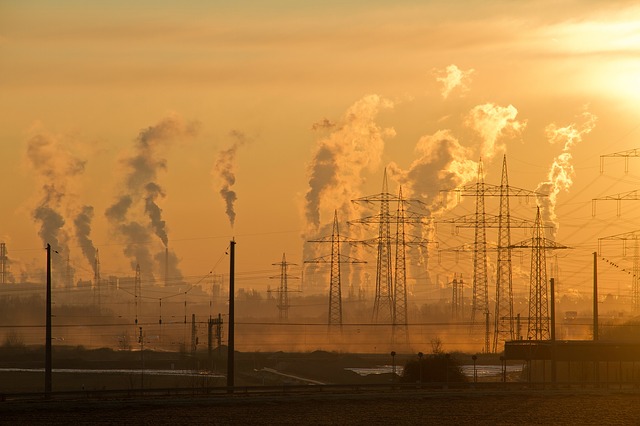The American Lung Association (ALA) released its “State of the Air” report last week, and the organization found that air quality in U.S. cities has improved in the time period from 2012–2014. The ALA report specifically cites the increased air quality protections and emission reduction programs that first began popping up in the U.S. to improve air quality in the 1970s.
While overall air quality improved in the major cities studied in the report, the ALA did note that short periods of increased air particulate contamination existed in many areas. Furthermore, the ALA added that at least 166 million Americans are currently living in areas where the level of air contaminants exceeds safe limits.
The timing of this report is very important, as the group is hoping to use this information to convince the Trump administration not to repeal or otherwise weaken air quality standards enacted by the Obama administration.
The day before the ALA released its report, the Environmental Protection Agency (EPA) asked a federal judge to delay oral arguments in a case that the current administration is hoping will weaken or outright abolish an Obama-era rule¸ the 2012 Mercury and Air Toxics Standards rule. Trump’s EPA argues that the rule has put an unfair burden on businesses and is also attempting to “review” an Obama administration rule that ended an exemption allowing certain power plants to exceed emission limits under certain circumstances. The Trump administration is hoping to reinstate that exemption.
At a time when overall air quality in the United States is beginning to get better from year to year, the leadership in Washington, D.C. is attempting to roll back the very protections that have enabled cleaner air. Adding insult to injury, they aren’t even hiding the fact that they want to repeal these protections so that fossil fuel businesses can make more money.
The Trump administration is only considering one side of the emissions reduction equation. Yes, it is true that compliance costs money and that most of the money comes from the industry itself. But those safety standards also lead to a net gain for the overall economy, which means that the cost to businesses is far less than the overall economic benefit that these standards provide.
For example, the Mercury and Air Toxics Standards rule that the administration is trying to cut is estimated to cost fossil fuel businesses $9.6 billion in compliance costs. However, the overall economic benefit from this one rule is estimated at between $37 billion and $90 billion. That doesn’t include the additional benefits of preventing up to 11,000 premature deaths per year and 130,000 asthma attacks each year. But the Trump EPA is only looking at that first $9.7 billion figure instead of all of the other numbers that are vital to this equation.
Additionally, the Obama EPA‘s Clean Power Plan, which the Trump administration also has said it would like to do away with, is projected to prevent as many as 3,500 air pollution–related deaths each year.
In the United States, roughly 200,000 people die each year as a result of air pollution. Globally, that number stands at roughly 5.5 million.
To say that the profits of oil, gas, and coal companies outweigh the value of those lives is not only an economic falsehood, but a disregard for the human life affected by rolling back environmental protections. Only looking at the amount that corporations have to spend to comply with environmental protection rules and not at the lives that are being saved and improved obscures what’s really at stake in setting those policies.
And most Americans would agree. A 2016 Pew Research Center study found that “a majority of U.S. adults (59 percent) say stricter environmental laws and regulations are worth the cost, compared with roughly a third (34 percent) who say such regulations cost too many jobs and hurt the economy.”
But the question is who Congress and the Trump administration will listen to — corporations or the public?
Main image: Industrial air pollution. Credit: Pixabay
Subscribe to our newsletter
Stay up to date with DeSmog news and alerts







